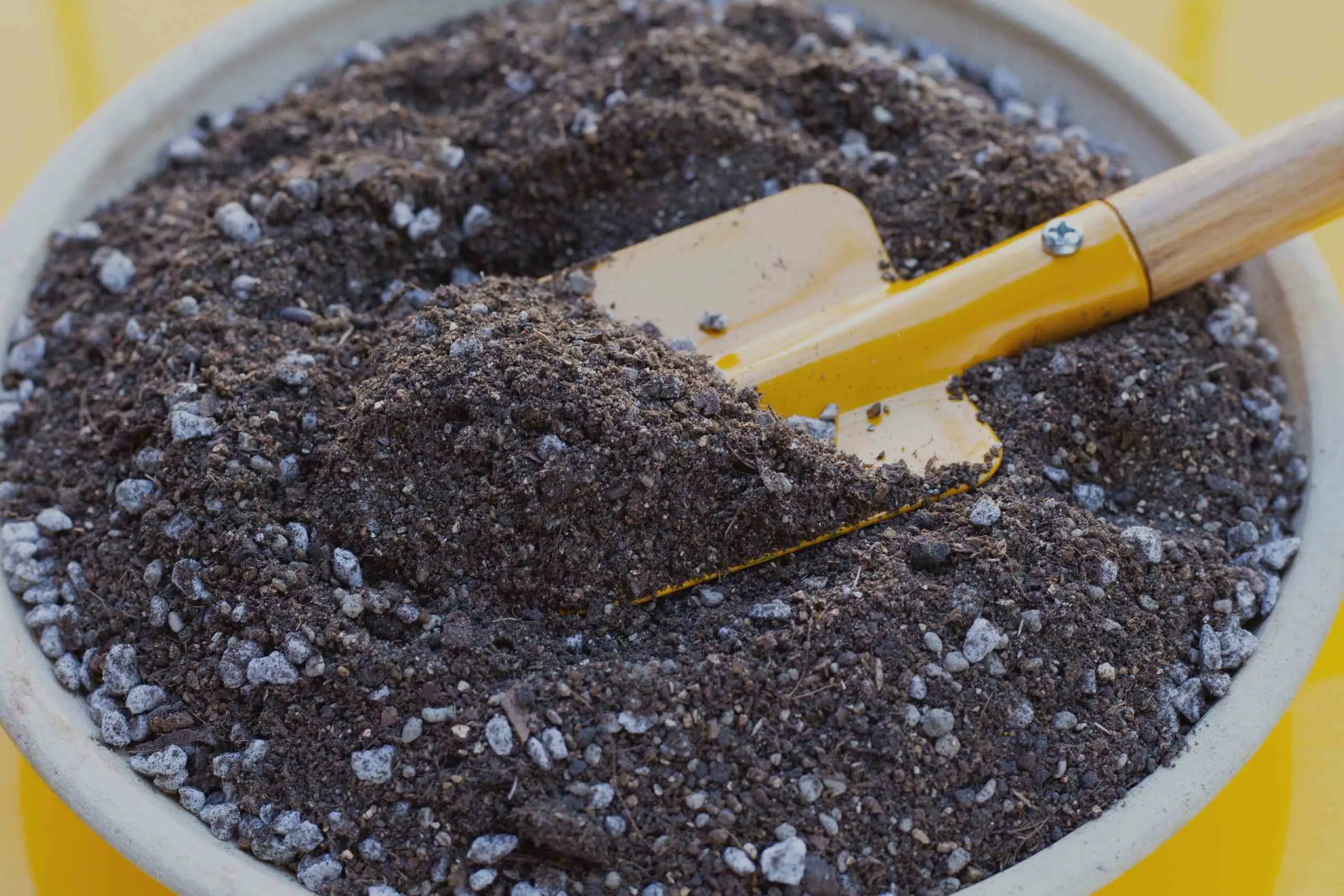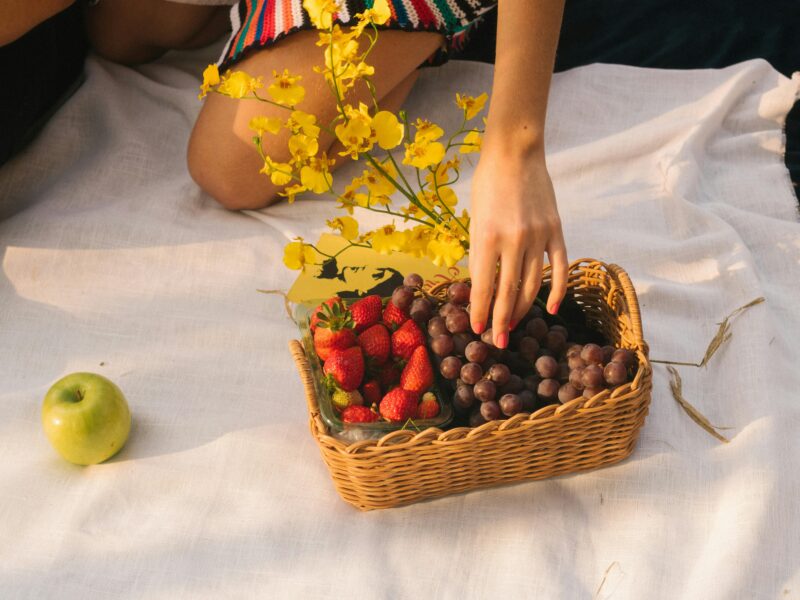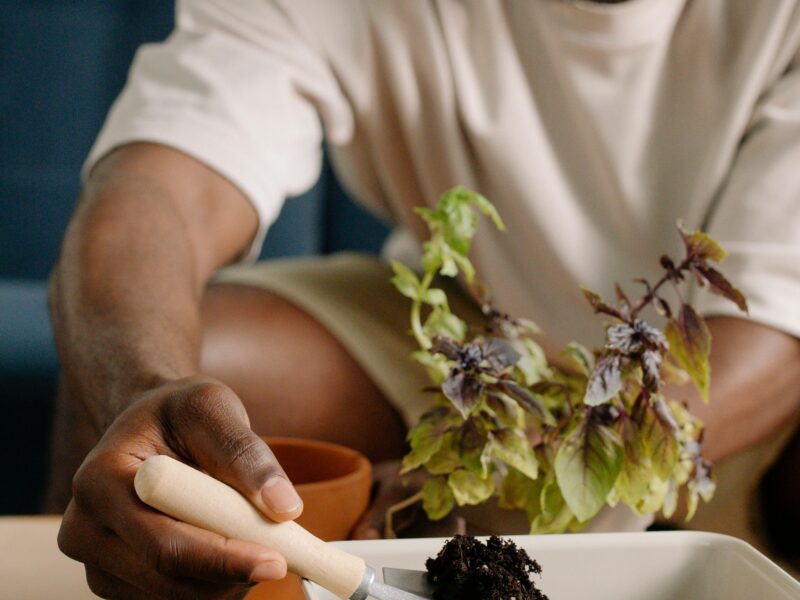The best soil for container gardening is a well-draining, nutrient-rich potting mix. It should retain moisture without becoming waterlogged.
Container gardening offers flexibility and convenience, making it a popular choice for urban dwellers and those with limited space. Choosing the right soil is crucial for healthy plant growth. A high-quality potting mix ensures proper drainage and aeration, essential for root health.
Avoid garden soil, which may compact in containers and hinder root development. Opt for a mix containing peat moss, perlite, or vermiculite to maintain moisture balance. Additionally, consider organic matter like compost to provide essential nutrients. Regularly check soil moisture and adjust watering accordingly to keep your plants thriving. With the right soil, your container garden can flourish beautifully.
The Essence Of Container Gardening
Urban horticulture is growing fast. Many people live in cities. They lack space for big gardens. Container gardening helps them grow plants. They can use small spaces. Balconies and rooftops are perfect. Even small patios work well. This trend is popular worldwide. It brings nature into urban areas. Cities become greener and healthier. People enjoy fresh herbs and vegetables. They also grow flowers in containers. This hobby is both fun and rewarding.
Containers are different from traditional gardens. They are movable and flexible. You can place them anywhere. Traditional gardens need large spaces. Containers are smaller and easy to manage. They require less soil and water. They are also less prone to pests. Container gardening is perfect for beginners. It is less messy and easy to control. Your plants get the right amount of nutrients. You can also change the soil easily. This keeps the plants healthy and strong.
Selecting Containers For Your Garden
Clay pots look nice but are heavy. They can break easily. Plastic pots are light and cheap. They may not last long. Wooden containers look natural. They can rot over time. Metal containers are strong. They can get very hot in the sun. Fabric pots are good for roots. They may dry out quickly.
Bigger pots hold more soil and water. Small pots dry out faster. Good drainage is key. Make sure pots have drain holes. Roots can rot without drainage. Use potting soil instead of garden soil. It drains better. Add stones at the bottom for extra drainage.
Primer On Soil Composition
Discover the ideal soil composition for thriving container gardens. Ensure well-draining soil with a rich mix of organic matter. Choose lightweight, nutrient-rich potting mixes for optimal plant health.
Basic Soil Types
Sandy soil is loose and has big particles. Water drains quickly through sandy soil. Clay soil is sticky when wet and hard when dry. It holds water but drains poorly. Loamy soil is a mix of sand, silt, and clay. It is the best for most plants. Silty soil is smooth and holds water well. It can become compacted easily.
The Role Of Ph In Plant Growth
Soil pH measures how acidic or alkaline it is. Most plants grow best in neutral soil. Acidic soil has a pH below 7. Alkaline soil has a pH above 7. Different plants need different pH levels. Test soil pH to know what plants need. Adjust pH with lime or sulfur. Balanced pH helps plants absorb nutrients.
Tailoring Soil To Your Plants’ Needs
Each plant needs specific nutrients to grow well. Some plants need more nitrogen, while others need more phosphorus. Check the nutrient needs of your plants before choosing soil. Using the right fertilizer can also help meet these nutrient needs. Balanced soil helps your plants grow strong and healthy.
The texture of soil is very important for container gardening. Soil that is too dense can block water from reaching the roots. Sandy soil is good for drainage but may lack nutrients. Clay soil holds water well but can become too hard. Loamy soil is often the best choice as it balances drainage and nutrient content. Adding organic matter can improve soil texture and permeability.
Top Soil Mixes For Container Gardening
All-purpose mixes are great for many plants. They have the right balance of nutrients and drainage. These mixes usually include peat moss, perlite, and compost. Peat moss helps keep the soil moist. Perlite helps the soil drain well. Compost gives the soil nutrients. These mixes make it easy to grow healthy plants.
Some plants need special soil blends. Cacti and succulents need soil that drains very well. These blends have more sand and perlite. Orchids need soil that lets air reach their roots. Their blends include bark and charcoal. Herbs grow best in soil with lots of nutrients. These blends often have extra compost. Specialty blends help plants thrive.
Diy Soil Mix: A Step-by-step Guide
Choose the right ingredients for your soil mix. Use peat moss for water retention. Add perlite for better drainage. Compost adds nutrients to the soil. Use vermiculite to improve aeration. A small amount of lime can balance the pH levels. Mixing these ingredients properly ensures healthy plant growth.
Start by measuring equal parts of peat moss, perlite, and compost. Pour them into a large container. Mix thoroughly with a shovel or your hands. Add a small handful of vermiculite and mix again. Sprinkle a little lime if the pH is too low. Make sure the mix is evenly blended for the best results.
Maintaining Soil Health In Containers
Plants in containers need regular fertilization. Soil can lose nutrients over time. Use a balanced fertilizer for best results. Fertilize every two weeks for healthy plants. Follow the instructions on the fertilizer package. Avoid over-fertilizing to prevent plant damage. Organic fertilizers are a good choice. They release nutrients slowly and improve soil health. Liquid fertilizers work well for container plants. Granular fertilizers are also effective. Rotate between different types for best results.
Soil moisture is very important for container plants. Check the soil daily for dryness. Water the plants when the soil feels dry. Overwatering can harm the plants. Make sure containers have drainage holes. Use a moisture meter to check soil moisture. Mulch can help retain moisture in the soil. Choose the right type of soil for your plants. Sandy soil drains quickly. Clay soil retains more water. Adjust watering based on the plant’s needs.
Common Soil Problems And Solutions
Pests and diseases can harm your plants. Always check your soil for bugs. Use natural pesticides to protect your plants. Keep your containers clean. Remove any dead leaves or debris. This helps to stop pests from spreading. Rotate your plants often. This keeps soil healthy and reduces disease risk.
Compacted soil can stop roots from growing. Loosen the soil with a garden fork. Add organic matter like compost. This boosts nutrients and helps water flow. For exhausted soil, mix in fertilizers. Follow the instructions on the fertilizer package. Give the soil some rest by rotating crops.
Eco-friendly Practices In Container Gardening
Organic soil amendments enrich the soil naturally. Compost is a great choice for this. It adds nutrients and improves soil structure. Worm castings also work well. They add beneficial microbes. Peat moss helps with water retention. Coconut coir is another good option. It is renewable and eco-friendly. Bone meal provides phosphorus for root growth. Blood meal offers nitrogen for leafy growth. These amendments make soil healthy and sustainable.
Water plants early in the morning. This reduces water loss from evaporation. Use a drip irrigation system. It delivers water directly to the roots. Mulching helps retain soil moisture. It also reduces the need for frequent watering. Rainwater harvesting is a good practice. Collect rainwater for your plants. Always check soil moisture before watering. Over-watering can harm plants. Use a watering can with a spout for better control. These techniques save water and help plants thrive.
Case Studies: Success Stories In Container Gardening
Sarah grew tomatoes and herbs on her apartment balcony. She used lightweight soil with good drainage. Her plants thrived in the sunny spot.
John transformed his rooftop into a vegetable garden. He used large containers with rich compost. His garden produced plenty of fresh veggies.
Many gardeners use self-watering containers. These containers keep the soil moist. Plants can grow better and need less care.
Some people use recycled materials for their containers. Old buckets and crates work well. This is good for the environment and your wallet.
Choosing the best soil for container gardening ensures healthy plants and bountiful harvests. Opt for well-draining, nutrient-rich soil mixes. Remember to consider the specific needs of your plants. With the right soil, your container garden will thrive and flourish. Happy gardening!


